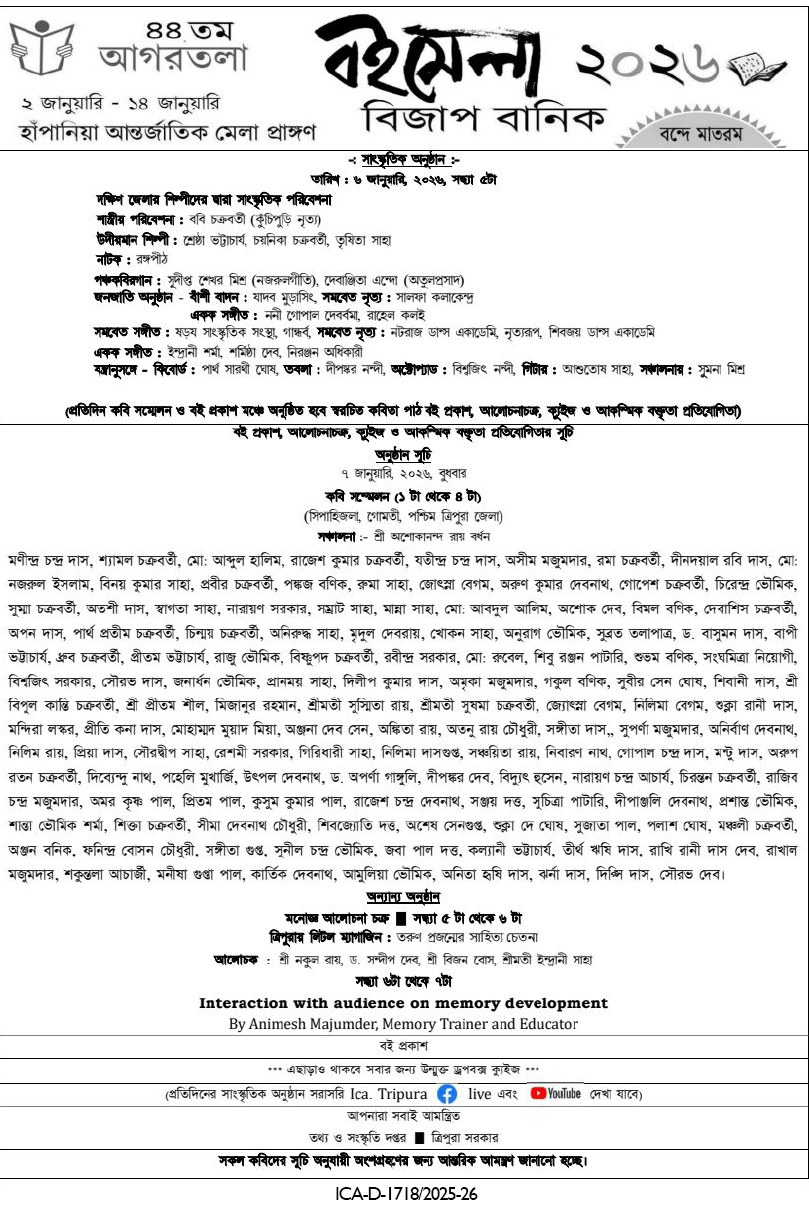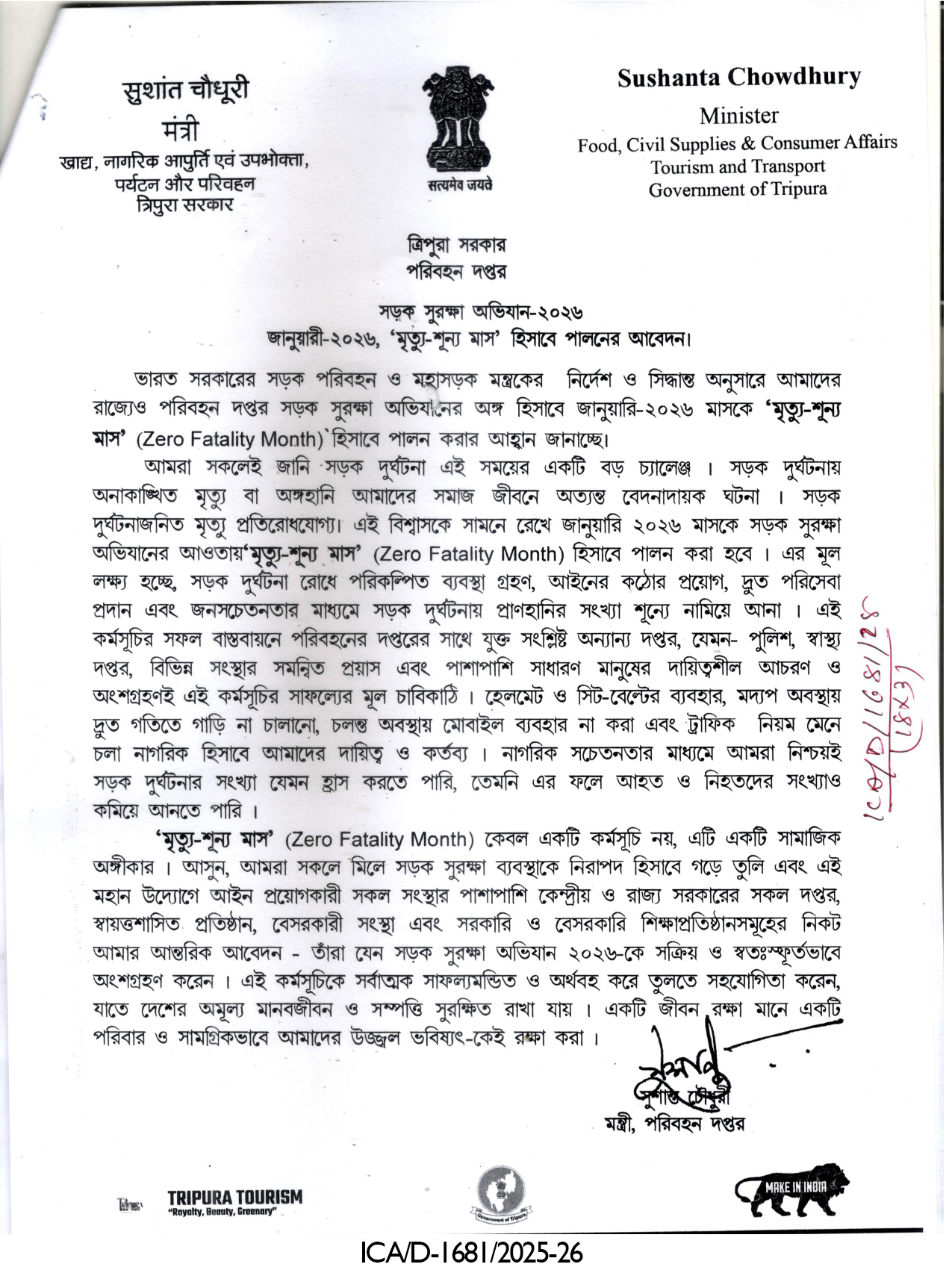The AAIB initial report into the Air India crash in Ahmedabad reveals fuel cut-off switches were turned off seconds after takeoff, causing engine failure. The tragic Boeing 787-8 accident killed 260 people. Investigation ongoing, with cockpit actions and fuel systems under scrutiny.
The preliminary investigation into the tragic Air India plane crash that killed 260 people on June 12 in Ahmedabad has revealed a critical and potentially accidental human error in the cockpit. The Aircraft Accident Investigation Bureau (AAIB) of India, in its initial 15-page report released last night, stated that the fuel cut-off switches of the ill-fated Boeing 787-8 aircraft transitioned from ‘RUN’ to ‘CUTOFF’ position during takeoff — an act that caused the engines to shut down within seconds of lift-off.
The aircraft, operating as Air India Flight AI-171, was en route from Ahmedabad to London Gatwick when it crashed just moments after taking off from Sardar Vallabhbhai Patel International Airport. The flight was carrying 242 people onboard. Only one passenger survived the crash, which also resulted in the deaths of 19 people on the ground when the aircraft collided with the BJ Medical College hostel premises located on the airport’s outskirts.
According to the AAIB report, the flight lasted for approximately 30 seconds from lift-off to impact. Within seconds of takeoff, both engines failed — not due to mechanical failure or fuel contamination, but due to a shut-off of the fuel supply caused by the sudden transition of the fuel control switches.
The cockpit voice recorder provided chilling insight into the final moments of the flight. One pilot can be heard asking the other why the fuel supply was turned off, to which the second pilot replied in confusion, stating that he did not perform the action. The AAIB clarified that both engine fuel control switches were transitioned from ‘RUN’ to ‘CUTOFF’ one after another, with only a one-second interval between them. The investigation team is yet to determine whether this was a mechanical malfunction, a result of cockpit miscommunication, or inadvertent manual operation.
The report also stated that the fuel switches were turned back on after the engines shut down, but by then, it was too late to recover control. Deceleration had already set in, particularly in one engine, leading to the rapid descent and eventual crash of the aircraft.
Importantly, the report emphasized that both pilots had received adequate rest before the flight, eliminating fatigue as a contributing factor. There was no indication of intoxication or disorientation, and the initial probe does not suggest any technical fault with the Boeing 787-8 aircraft or its GEnx-1B engines.
In terms of fuel quality, the AAIB noted that samples taken from the bowsers and tanks used to refuel the aircraft were tested at the Directorate General of Civil Aviation (DGCA) lab and found to be satisfactory. However, only a limited quantity of fuel was recovered from the aircraft’s Auxiliary Power Unit (APU) filter and the left wing’s refuel/jettison valve. These smaller samples will be sent to a specialized laboratory capable of conducting tests with minimal volumes of fuel.
The AAIB noted that, at this stage of the investigation, no safety directives or recommended operational changes have been issued to Boeing 787-8 or GEnx-1B engine operators. However, it indicated that more information is being sought from various stakeholders, including aircraft manufacturers and regulatory bodies, to piece together a complete picture of the incident.
Meanwhile, Air India has issued a statement confirming its full cooperation with the ongoing investigation. “We are working closely with regulators and all concerned agencies to support the investigation. Passenger safety remains our top priority,” the airline said in a statement released on Saturday.
| Also Read: Gujarat Forensic teams race to identify victims of Air India AI-171 crash |
The preliminary findings raise serious questions about cockpit protocols and human-machine interface safety features aboard modern aircraft. As the aviation community awaits further clarification in the final AAIB report, the focus remains on whether this tragic incident could have been prevented — and how such occurrences can be safeguarded against in the future.







